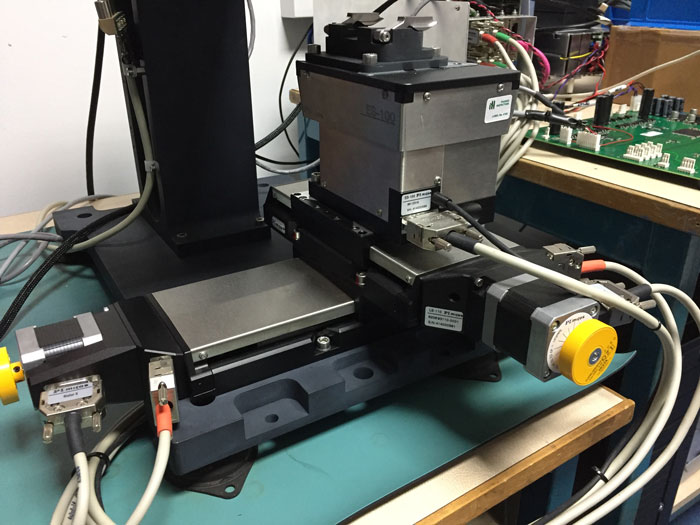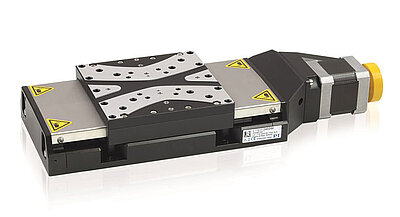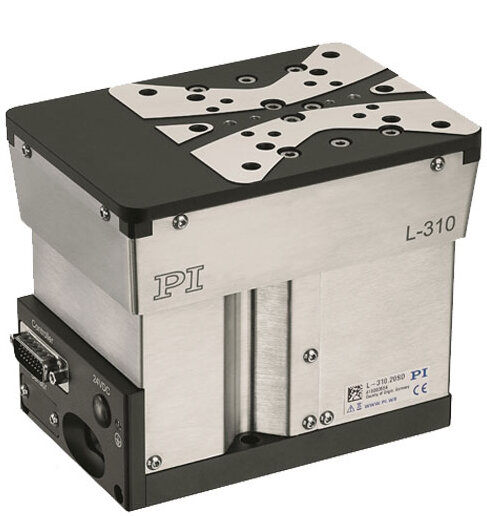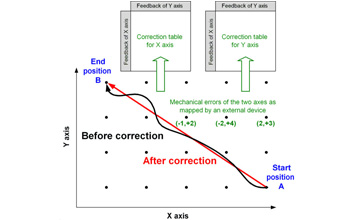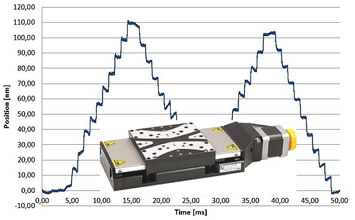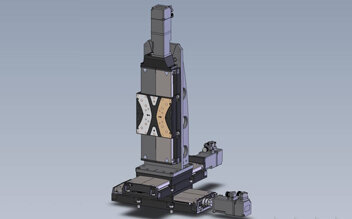XYZ Positioning Mechanism Integrated in Automated Medical Instrument Developed in Partnership with ITL
Standard or Custom Engineered Solutions when Time is Critical?
The old question – standard or custom – was one of the key considerations when ITL Group decided on what precision multi-axis motion system to use in one of their latest projects. In this particular case, ITL was approached by a client with an open frame instrument design, requesting a technical audit. The project would lead to the development and eventual production of an automated fluorescence screening microscope that scans for DNA, a very high value specialized product for central diagnostic laboratories.
The ITL Group is a full service medical device design and manufacturing company, specializing in life-saving medical technology, diagnostic devices, and analytical instruments. ITL product developers recently teamed up with fellow engineers at Physik Instrumente (PI) to integrate an XYZ precision mechanism in a prototype instrument, using off-the-shelf components. Martin Foxley, Project Manager at ITL, describes how a fruitful partnership with PI resulted in successful completion of the project within a tight timeframe.
ITL was tasked with designing the complete system, including the mechanics, optics, and electronics, and pulling everything together into a final product. One key element was consolidation of the XYZ precision positioning stage. Since a Z drive had already been evaluated and approved it made sense to approach the manufacturer (PI) about corresponding X and Y linear stages.
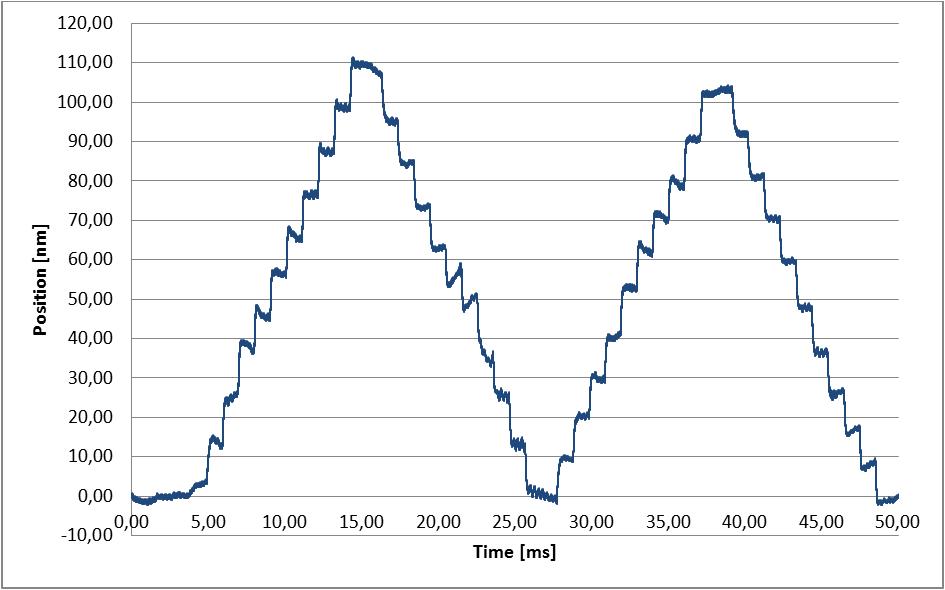
While a custom engineered system can always be tailored to provide the best possible solution for the individual application at hand – in addition to saving cost when volumes are high enough – the timescale of the project was too challenging, and using pre-existing mechanisms would help to save time, not only in design, but also in validation.
Working together with engineers at PI, an integrated solution based on off-the-shelf components was found that would meet the specs and give a significant advantage of guaranteed accuracy and resolution down to the nanometre scale.
One of the key requirements were highly orthogonal X and Y linear movements. To accommodate the automated sample loading mechanism considerable travel away from the optics was also required.
To achieve the orthogonality specification of two arcseconds, engineers at PI assembled and tested the XY unit along with the Z mechanism and supplied to ITL as a complete XYZ module. An integrated PCI card was also supplied, rather than a separate control unit, to control the positional accuracy and resolution.
ITL and PI formed an excellent relationship along the way and engineers on both teams were able to resolve all issues they would meet during the prototype phase. The overall result was a highly precise XYZ positioning mechanism, as part of the final product, a flexible, 160-sample auto loading, research instrument now in manufacture.
About ITL
ITL was founded in 1977, offering worldwide medical device design, development, and manufacture, from very early concepts aiming to attract venture capital funding, right through to manufacturing, and any stage in between. In ITL’s early years, the market was focused on large instruments that incorporated several processes, such as sampling, mixing, dispensing, and shaking. More recently, however, there has been a paradigm shift towards point-of-care diagnostic instruments, making use of a whole spectrum of technologies – including luminometry, spectroscopy, fluorimetry, etc. – with the latest trend being DNA detection.
Customers wanting to design a product typically come to ITL with a concept, and the R&D departments electronic, firmware, mechanical software, and systems design engineers flesh out a requirement specification, which could be a conviction kit or an engineering breadboard or prototype, and will sometimes lead to a pilot instrument, and into manufacturing.
Blog Categories
- Aero-Space
- Air Bearing Stages, Components, Systems
- Astronomy
- Automation, Nano-Automation
- Beamline Instrumentation
- Bio-Medical
- Hexapods
- Imaging & Microscopy
- Laser Machining, Processing
- Linear Actuators
- Linear Motor, Positioning System
- Metrology
- Microscopy
- Motorized Precision Positioners
- Multi-Axis Motion
- Nanopositioning
- Photonics
- Piezo Actuators, Motors
- Piezo Mechanics
- Piezo Transducers / Sensors
- Precision Machining
- Semicon
- Software Tools
- UHV Positioning Stage
- Voice Coil Linear Actuator
- X-Ray Spectroscopy

